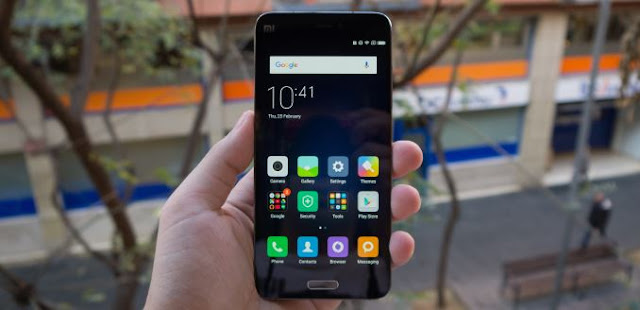Top 4 features of the Xiaomi Mi5 explained
It’s been two years in the making, but the Xiaomi Mi5 is finally among us. The phone follows the same design language as on the Xiaomi Mi Note last year. While it’s one thing to read the specifications of a device, what Mr. Barra talked about on stage was more than just specs. There were certain parts of Barra’s presentation, where he used words like UFS 2.0, 4-axis-OIS, Deep Trench Isolation and some more. But what exactly do these terms mean? Let us explain.
UFS 2.0
The Universal Flash Storage was developed by Samsung in 2014, and it has long been touted as the future of flash storage, over eMMC (Embedded Multimedia Card). According to Samsung, the UFS 2.0 storage system can achieve read/write speeds that are almost as fast as full fledged Solid State Drives. If true, the impact of such a system, would be to make your phone feel exceptionally smooth and fast when you’re using it.
The storage type was first introduced in the Samsung Galaxy S6 last year, and from what we’ve seen while reviewing that phone, UFS 2.0 is indeed exceptionally fast, as compared to current standards. Of course, simply having fast storage doesn’t mean your phone will be the same, so we’ll still have to wait to actually get the Xiaomi Mi5 in hand before we figure out how much UFS helps it.
4-axis-OIS
Optical Image Stabilisation is nothing new for smartphones today, but usually, smartphone have 2-axis OIS, which means they can deal with vertical movement or horizontal movement. In 4-axis OIS, however, the left and right movements are also added, which theoretically means you can have better stabilisation on your smartphone.
Deep Trench Isolation
This one is quite interesting. The Xiaomi Mi5 uses Sony’s IMS298 sensor, which comes with the Deep Trench Isolation technology. To understand this, it’s important to know how a sensor works. Each pixel on the sensor has one photodiode, which is responsible for exporting the electric charge. Now, in smaller sensors, the photons often tend to leak to adjacent diodes, which causes noise and other effects in images. What Deep Trench Isolation does is, it prevents this leakage. It is done by adding a layer of insulating material between the circuits (which is a combination of photodiodes inside a pixel). The technology has also been used in the IMX315 on the iPhone 6S and iPhone 6S Plus.
LPDDR4
Like OIS, DDR4 RAM on smartphones is not new. Samsung introduced this in its flagship smartphones last year and it does make a big difference over DDR3 RAM. Ideally, all other things kept the same, a phone running 4GB of DDR3 RAM would be slower than a phone running 4GB of DDR4 RAM. Power efficiency and higher frequencies are two of the things that LPDDR4 RAM brings to the table. Again, we’ve seen it in action in the Galaxy S6 and were highly impressed. Let’s hope Xiaomi can keep up the same.
While you may be saying that the Snapdragon 820 is the biggest highlight of the phone, and to some extent, we do agree, the fact that these four technologies have been included interests us more. You see, any OEM can include SD 820 etc. but these features add things that are often overlooked, but can make a big difference in the performance of a smartphone. That said, we can't yet be sure whether the Xiaomi Mi5 will be as good as it seems on paper, but let's hope for the best, right?







Comments
Post a Comment